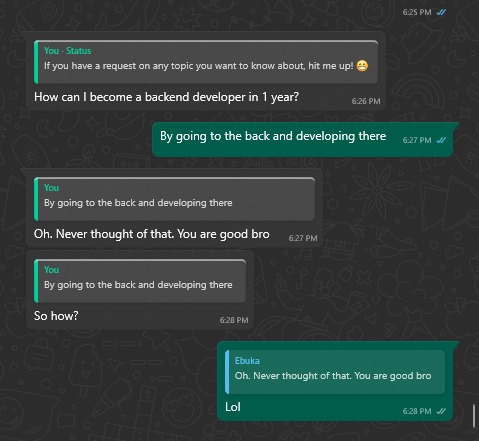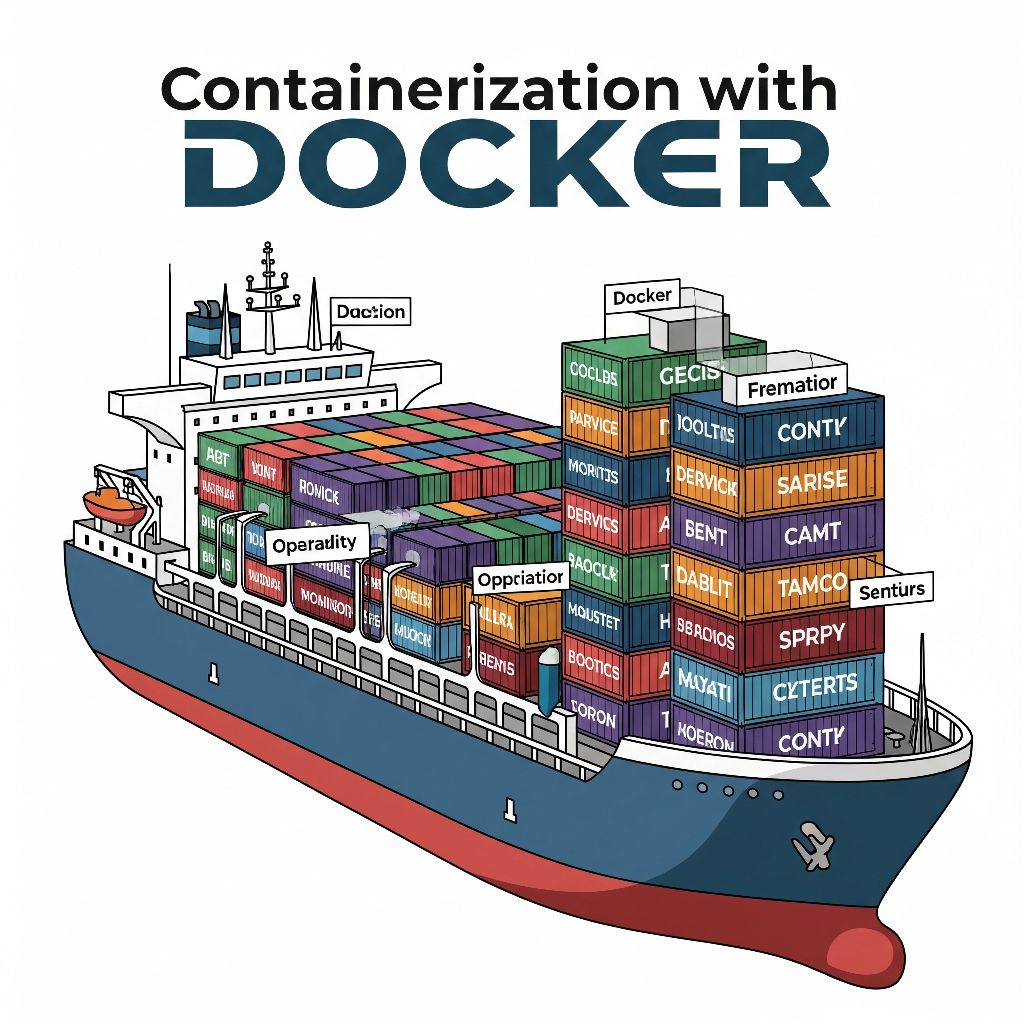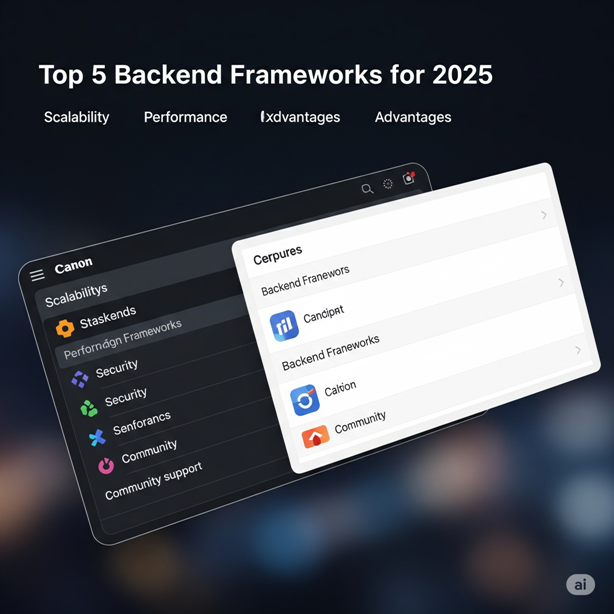APIs have become the backbone of modern web development, and Laravel makes building them surprisingly straightforward. Whether you're creating a simple REST API for your mobile app or building complex microservices, Laravel's got your back with powerful tools and an elegant syntax that won't make you want to pull your hair out.
I've been working with Laravel APIs for the past few years, and honestly, it's one of those frameworks that just clicks. The documentation is solid, the community is helpful, and you can get something up and running pretty quickly without sacrificing code quality.
Setting Up Your Laravel API Project
Let's start from scratch. First thing you'll want to do is create a fresh Laravel project. I'm assuming you've got Composer installed (if not, go do that first - seriously).
composer create-project laravel/laravel my-api-project
cd my-api-projectNow, Laravel comes with API routes out of the box, which is pretty neat. You'll find
them in routes/api.php. These routes automatically get the
/api prefix, so a route defined as /users will actually be
accessible at /api/users.
Your First API Endpoint
Let's build something practical - a simple task management API. Open up
routes/api.php and let's add our first route:
Route::get('/tasks', function () {
return response()->json([
'tasks' => [
['id' => 1, 'title' => 'Learn Laravel', 'completed' => false],
['id' => 2, 'title' => 'Build an API', 'completed' => true],
]
]);
});Fire up your development server with php artisan serve and hit
http://localhost:8000/api/tasks. You should see your JSON response.
Pretty simple, right?

Moving Beyond Closures - Controllers Are Your Friends
While closure-based routes are fine for quick prototypes, you'll want to use controllers for anything real. Let's create a proper TaskController:
php artisan make:controller TaskControllerThis creates a controller in app/Http/Controllers/TaskController.php.
Let's add an index method:
namespace App\Http\Controllers;
use Illuminate\Http\Request;
class TaskController extends Controller
{
public function index()
{
// For now, we'll return dummy data
$tasks = [
['id' => 1, 'title' => 'Learn Laravel', 'completed' => false],
['id' => 2, 'title' => 'Build an API', 'completed' => true],
['id' => 3, 'title' => 'Deploy to production', 'completed' => false],
];
return response()->json([
'success' => true,
'data' => $tasks
]);
}
}Now update your route in routes/api.php:
Route::get('/tasks', [TaskController::class, 'index']);Database Integration - Making It Real
Dummy data is fine for testing, but let's hook this up to a real database. First, we need a migration and model:
php artisan make:model Task -mThe -m flag creates a migration along with the model. Open up the
migration file in database/migrations/ and define your table structure:
public function up()
{
Schema::create('tasks', function (Blueprint $table) {
$table->id();
$table->string('title');
$table->text('description')->nullable();
$table->boolean('completed')->default(false);
$table->timestamps();
});
}Run the migration:
php artisan migrateNow let's update our Task model to make it a bit more useful:
namespace App\Models;
use Illuminate\Database\Eloquent\Factories\HasFactory;
use Illuminate\Database\Eloquent\Model;
class Task extends Model
{
use HasFactory;
protected $fillable = [
'title',
'description',
'completed'
];
protected $casts = [
'completed' => 'boolean'
];
}The $fillable property is crucial for mass assignment protection. Laravel won't let you bulk-assign attributes that aren't explicitly allowed, which helps prevent security issues.
Laravel Security Best Practice
Building a Complete CRUD API
Let's build out the full CRUD functionality. Update your TaskController with these methods:
namespace App\Http\Controllers;
use App\Models\Task;
use Illuminate\Http\Request;
use Illuminate\Http\JsonResponse;
class TaskController extends Controller
{
public function index(): JsonResponse
{
$tasks = Task::all();
return response()->json([
'success' => true,
'data' => $tasks
]);
}
public function store(Request $request): JsonResponse
{
$validatedData = $request->validate([
'title' => 'required|string|max:255',
'description' => 'nullable|string',
'completed' => 'boolean'
]);
$task = Task::create($validatedData);
return response()->json([
'success' => true,
'message' => 'Task created successfully',
'data' => $task
], 201);
}
public function show(Task $task): JsonResponse
{
return response()->json([
'success' => true,
'data' => $task
]);
}
public function update(Request $request, Task $task): JsonResponse
{
$validatedData = $request->validate([
'title' => 'sometimes|required|string|max:255',
'description' => 'nullable|string',
'completed' => 'boolean'
]);
$task->update($validatedData);
return response()->json([
'success' => true,
'message' => 'Task updated successfully',
'data' => $task
]);
}
public function destroy(Task $task): JsonResponse
{
$task->delete();
return response()->json([
'success' => true,
'message' => 'Task deleted successfully'
]);
}
}And here's how to set up the routes using Laravel's resource routing:
Route::apiResource('tasks', TaskController::class);This single line creates all the RESTful routes you need. Pretty slick, right?
API Resources - Transforming Your Data
Sometimes you don't want to expose all your model attributes, or you want to format the data differently. Laravel's API Resources are perfect for this. Let's create one:
php artisan make:resource TaskResourceThis creates a resource class in app/Http/Resources/TaskResource.php:
namespace App\Http\Resources;
use Illuminate\Http\Resources\Json\JsonResource;
class TaskResource extends JsonResource
{
public function toArray($request)
{
return [
'id' => $this->id,
'title' => $this->title,
'description' => $this->description,
'is_completed' => $this->completed,
'created_at' => $this->created_at->format('Y-m-d H:i:s'),
'updated_at' => $this->updated_at->format('Y-m-d H:i:s'),
];
}
}Now you can use this resource in your controller:
use App\Http\Resources\TaskResource;
public function index(): JsonResponse
{
$tasks = Task::all();
return TaskResource::collection($tasks);
}
public function show(Task $task): JsonResource
{
return new TaskResource($task);
}

Authentication - Keeping Things Secure
Most APIs need some form of authentication. Laravel Sanctum is probably your best bet for simple token-based authentication. Install it first:
composer require laravel/sanctum
php artisan vendor:publish --provider="Laravel\Sanctum\SanctumServiceProvider"
php artisan migrateAdd Sanctum's middleware to your API middleware group in
app/Http/Kernel.php:
'api' => [
\Laravel\Sanctum\Http\Middleware\EnsureFrontendRequestsAreStateful::class,
'throttle:api',
\Illuminate\Routing\Middleware\SubstituteBindings::class,
],Now you can protect your routes:
Route::middleware('auth:sanctum')->group(function () {
Route::apiResource('tasks', TaskController::class);
});Error Handling - When Things Go Wrong
APIs need consistent error handling. Create a custom exception handler by updating
the render method in app/Exceptions/Handler.php:
public function render($request, Throwable $exception)
{
if ($request->wantsJson()) {
if ($exception instanceof ModelNotFoundException) {
return response()->json([
'success' => false,
'message' => 'Resource not found'
], 404);
}
if ($exception instanceof ValidationException) {
return response()->json([
'success' => false,
'message' => 'Validation failed',
'errors' => $exception->errors()
], 422);
}
return response()->json([
'success' => false,
'message' => 'Something went wrong'
], 500);
}
return parent::render($request, $exception);
}Testing Your API
You can't ship code without tests, and Laravel makes API testing pretty straightforward. Here's a basic test for our tasks API:
namespace Tests\Feature;
use App\Models\Task;
use Illuminate\Foundation\Testing\RefreshDatabase;
use Tests\TestCase;
class TaskApiTest extends TestCase
{
use RefreshDatabase;
public function test_can_get_all_tasks()
{
Task::factory()->count(3)->create();
$response = $this->getJson('/api/tasks');
$response->assertStatus(200)
->assertJsonStructure([
'success',
'data' => [
'*' => ['id', 'title', 'description', 'completed']
]
]);
}
public function test_can_create_task()
{
$taskData = [
'title' => 'Test Task',
'description' => 'This is a test task',
'completed' => false
];
$response = $this->postJson('/api/tasks', $taskData);
$response->assertStatus(201)
->assertJson([
'success' => true,
'message' => 'Task created successfully'
]);
$this->assertDatabaseHas('tasks', $taskData);
}
}Performance Considerations
- Use pagination for large datasets - Laravel's
paginate()method works great with API resources - Implement caching where appropriate - Redis is your friend for frequently accessed data
- Use database indexes on columns you frequently query by
- Consider using queue jobs for heavy processing instead of blocking API responses
- Don't forget to eager load relationships to avoid N+1 query problems
Production Deployment Tips
When you're ready to deploy, there are a few things you shouldn't forget:
Configure your CORS settings properly in config/cors.php. If you're
building a single-page application that'll consume your API, you'll need to allow
cross-origin requests from your frontend domain.
Set up proper logging and monitoring. Laravel's built-in logging is decent, but consider integrating with something like Sentry for error tracking in production.
Use environment variables for all your configuration. Never hardcode API keys, database credentials, or other sensitive data.
Remember to run 'php artisan config:cache' and 'php artisan route:cache' in production. It'll give you a nice performance boost by caching your configuration and routes.
Laravel Performance Tip
API Documentation - Don't Skip This Step
Nobody likes undocumented APIs. Consider using tools like Swagger/OpenAPI or Laravel API Documentation Generator to create proper documentation for your endpoints. Your future self (and your team) will thank you.
Laravel's simplicity really shines when building APIs. The framework handles a lot of the tedious stuff for you, so you can focus on building features instead of wrestling with boilerplate code. The ecosystem is mature, the community is active, and honestly, it's just fun to work with.
Whether you're building a simple API for a mobile app or a complex microservice architecture, Laravel gives you the tools to get the job done without making you want to throw your laptop out the window. And in today's development world, that's worth its weight in gold.














0 Comment